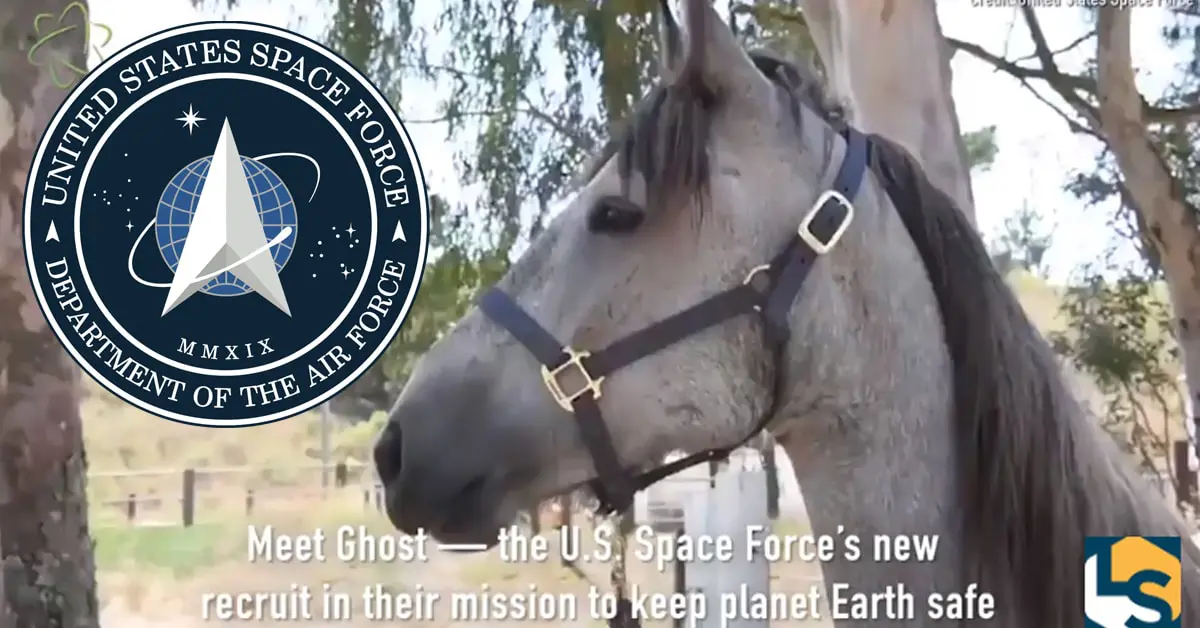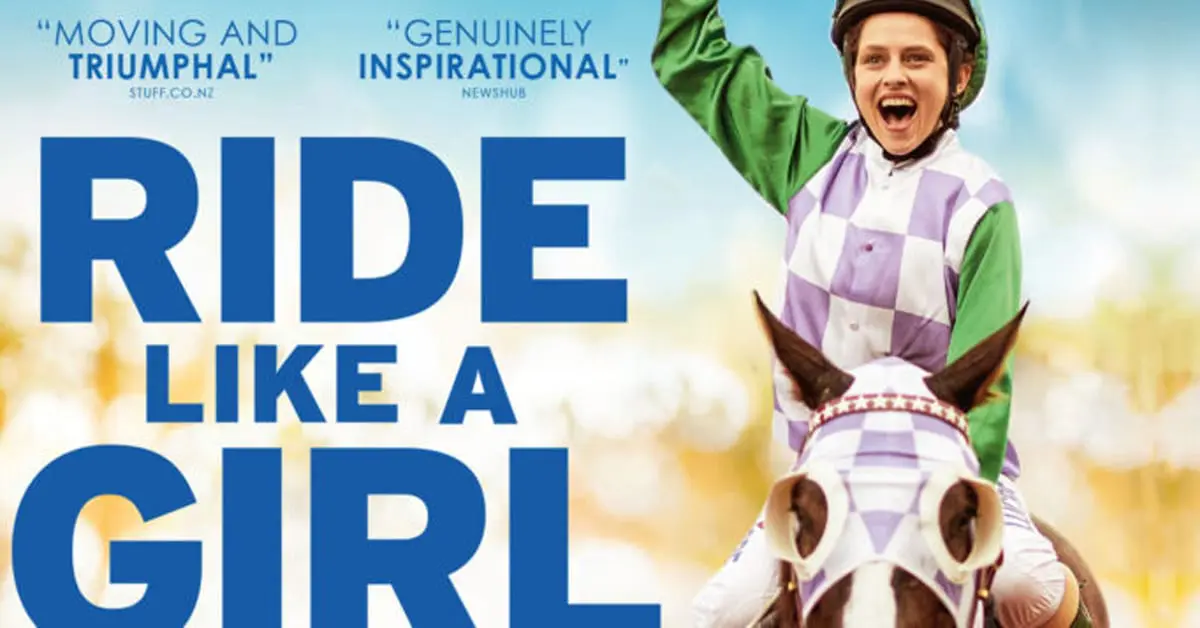December 21, 2020
Water is the most essential aspect of any horse’s diet. Without adequate water intake, horses will not survive. An adult horse (1000 lbs.) in a cool, comfortable environment that is not working, or lactating, needs a minimum of seven to ten gallons of fresh, clean water every day. The amount of water required is closely related to the amount of feed the horse has eaten. Most horses will drink 1.5 quarts of water per pound of dry feed intake. If a horse is consuming 20 pounds of dry hay per day, the horse would be expected to drink approximately 7.5 gallons of water each day. The water requirement is higher if the horse is in training, nursing a foal, growing, pregnant or in a hot/humid environment. The best way to ensure adequate water intake is to always provide free access to fresh, clean water.
Issues associated with water intake during the winter months usually revolve around horses not drinking enough water. Water that has frozen or is near freezing will result in decreased intake. Water consumption reaches its maximum when the temperature is maintained between 45 and 65 degrees Fahrenheit...






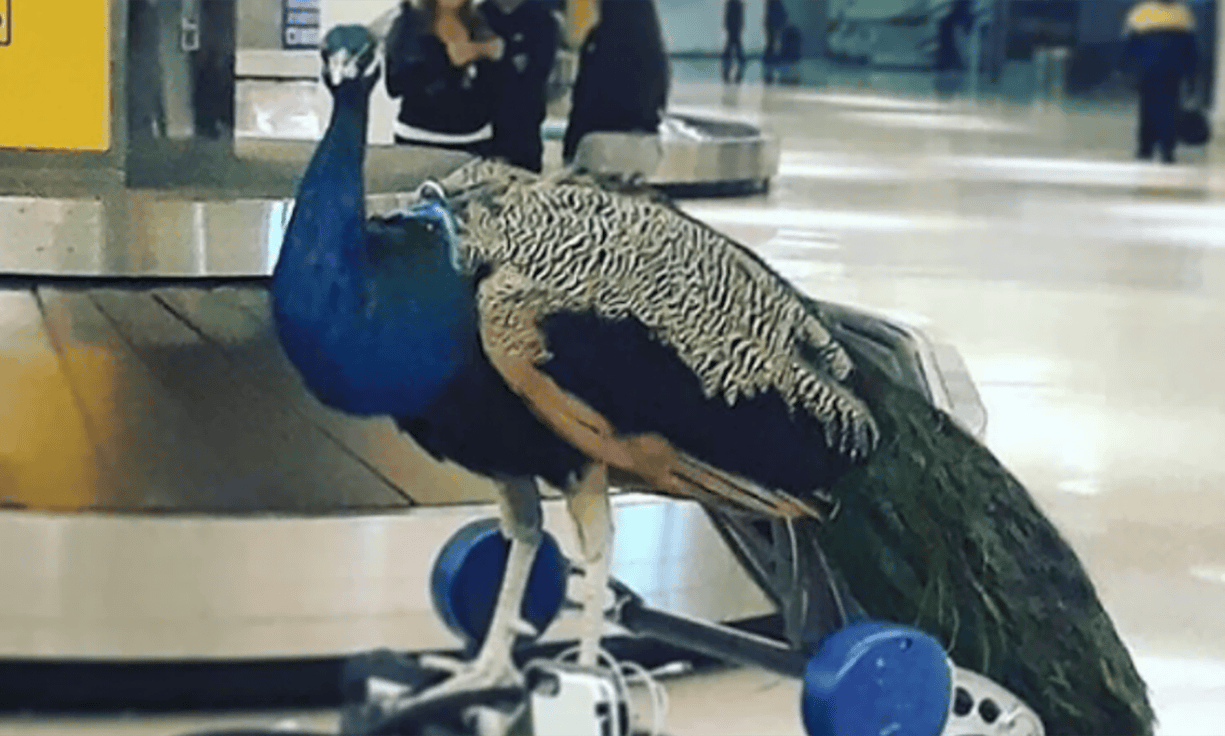




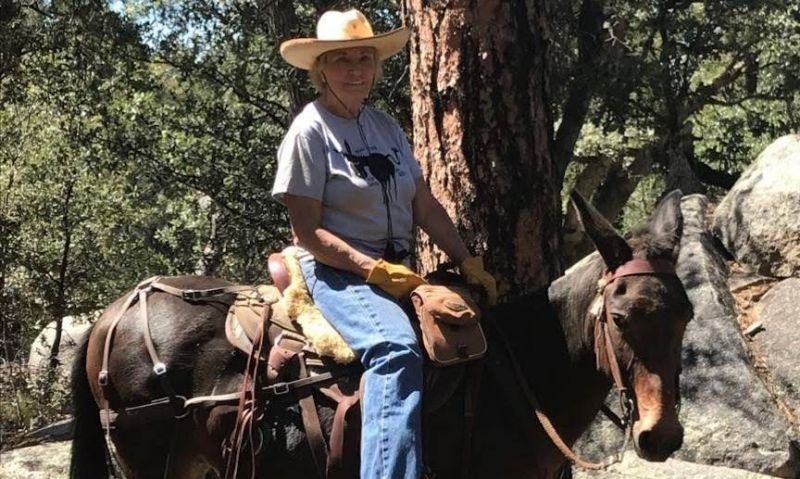
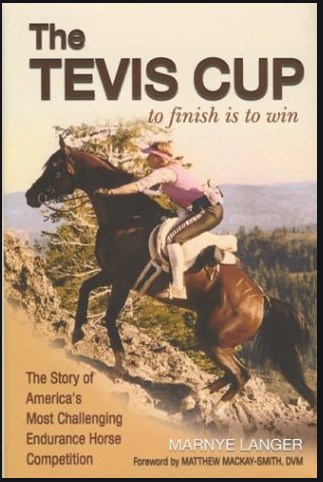

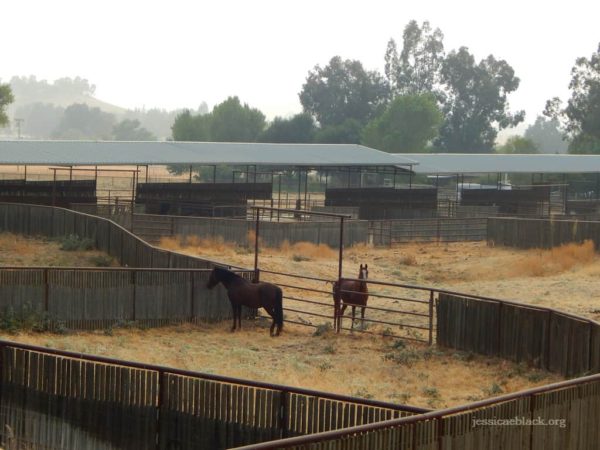





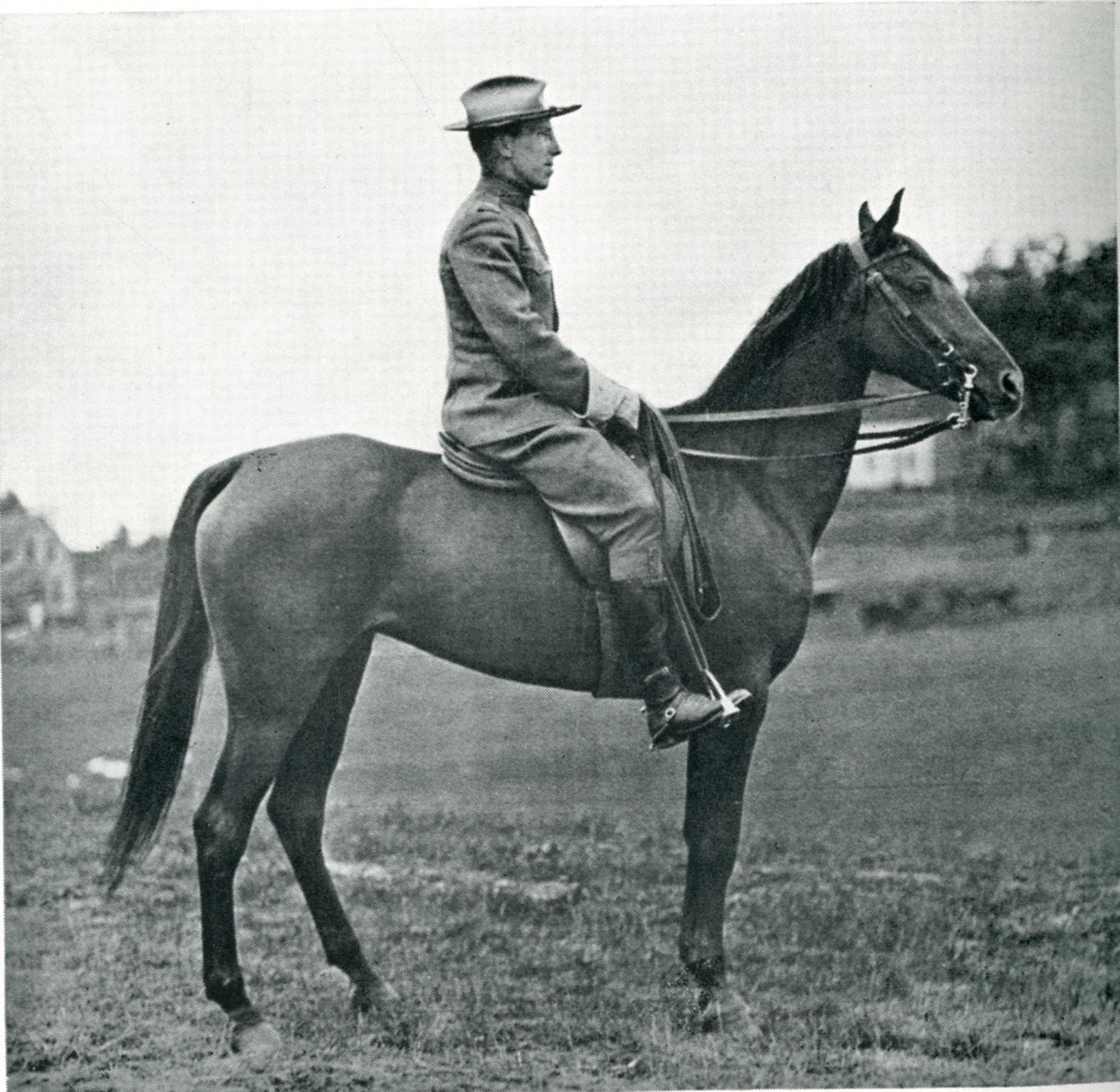 Howard Reid, of Barre, astride the winning horse, Halcyon. Vermont Historical Society
Howard Reid, of Barre, astride the winning horse, Halcyon. Vermont Historical Society
